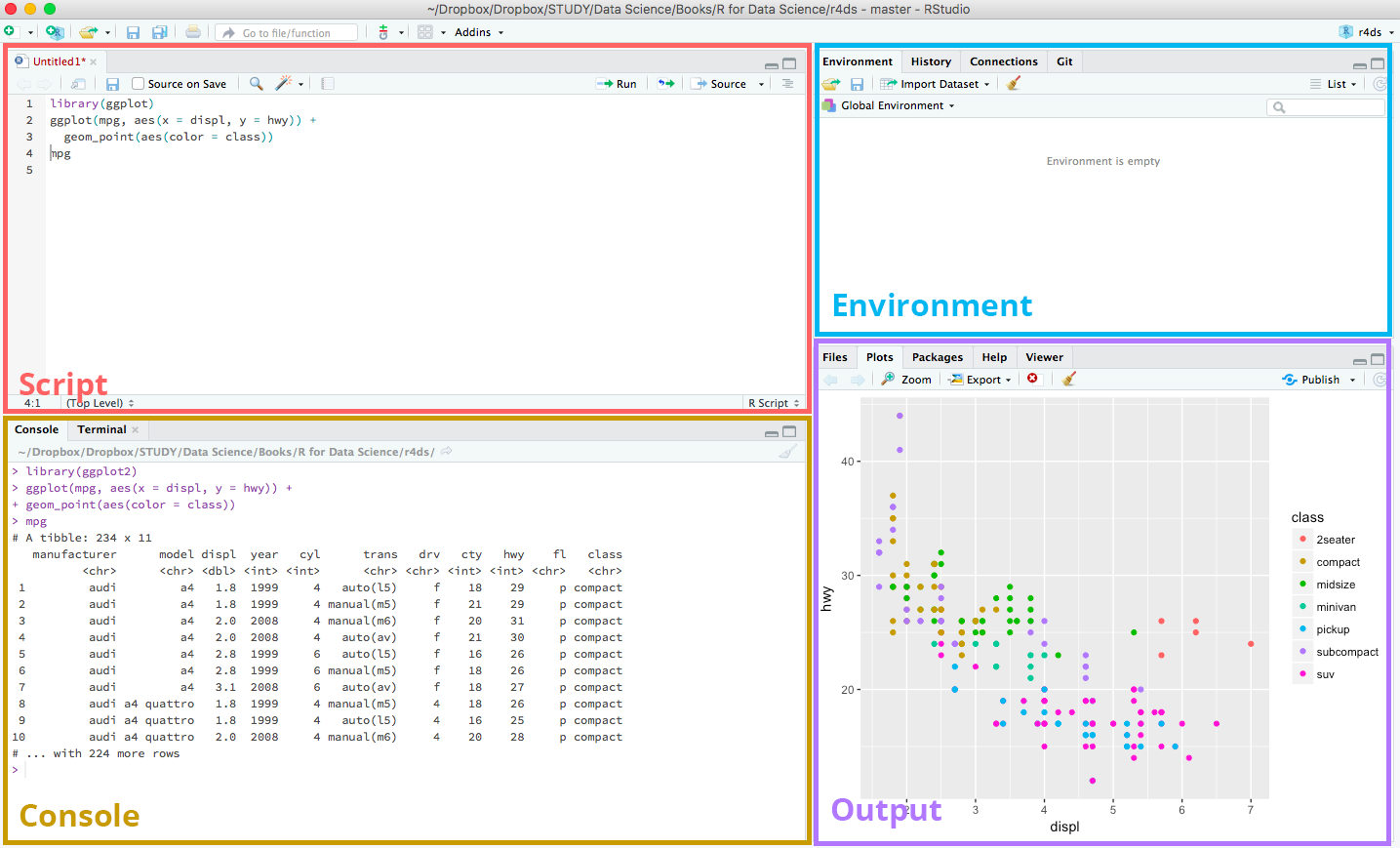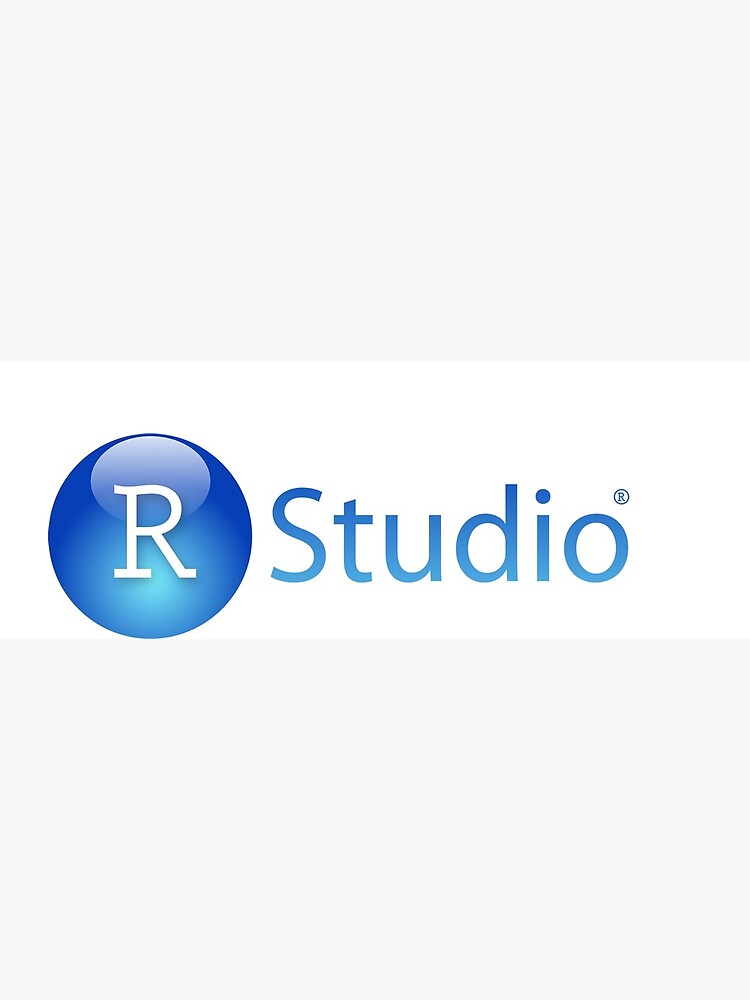

The Marketplace on GCP allows us to deploy ready-made images for everything from hosting websites through to running advanced machine learning algorithms. I’m not going to cover the setup of a project - Google has done a great job of this for us: RStudio is excited to announce the availability of RStudio Server Pro on the Google Cloud Platform. You will need to set one up before you can deploy instances or use BigQuery.

You could, of course, deploy all of this programmatically, but we’ll keep it simple for now.Ī “project” is the top-level container for resources you deploy in GCP - you might be more used to hearing these called accounts or subscriptions in AWS and Azure respectively. Oh, and the best bit? Because this is all done on the cloud, you can follow this guide from login to query in less than 30 minutes using the web-based console. Getting more space on home is the easiest way to ensure a good user and admin experience on RStudio Workbench. If there are relatively few R users, then getting a little more space for these users makes a huge difference. You might use this guide to run your own proof-of-concept or to perform ad-hoc data analysis for projects or assignments. RStudio Workbench (previously RStudio Server Pro) relies heavily on the home directory for its regular operation. I’ve put this short guide together to show a clear example of just how easy it is to provision an RStudio instance on GCP and use that instance to access the scalable power of BigQuery to perform complex analytics. Whilst there are strengths and weaknesses in all of the tools, one of the challenges I’ve become aware of is accessing scalable compute from within RStudio, a common IDE used by data scientists to produce analytics using the R and Python languages. I’ve recently had a chance to play with some of the newer tech stacks being used for Big Data and ML/AI across the major cloud platforms.


 0 kommentar(er)
0 kommentar(er)
